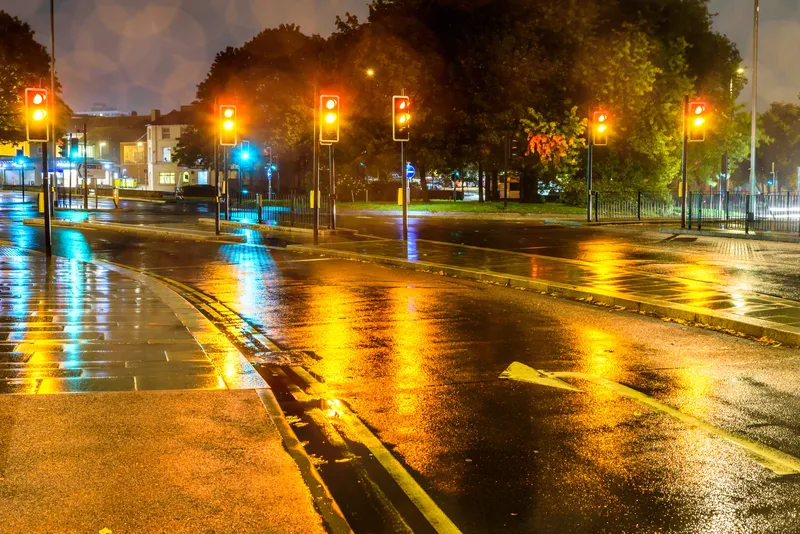As part of a plan to enhance asset management and drive efficiencies, Blackburn with Darwen Borough Council in the UK has implemented street lighting software from UK supplier of local authority service management systems, Mayrise Systems.
Supported by £400,000 worth of funding from the Department of Transport the council has developed a number of projects designed to develop a model for highway asset management, to be achieved through innovative use of IT and the continued delivery of safety schemes.
January 21, 2013
Read time: 2 mins
As part of a plan to enhance asset management and drive efficiencies, Blackburn with 2056 Darwen Borough Council in the UK has implemented street lighting software from UK supplier of local authority service management systems, 188 Mayrise Systems.
Supported by £400,000 worth of funding from the Department of Transport the council has developed a number of projects designed to develop a model for highway asset management, to be achieved through innovative use of IT and the continued delivery of safety schemes.
The Mayrise street lighting software is being used to create and maintain a detailed street lighting inventory, record faults and manage routine and ad hoc maintenance. Faults reported by the public can be logged directly from the call centre and the integrated mapping tool allows for easier identification and monitoring of assets in the field. The advanced reporting tools contained within the software are also used to produce essential management reports and have proved invaluable in the Council’s efforts to reduce energy costs.
“The introduction of the Mayrise solution has enabled improved management of our street lighting assets and allows us to meet all required legislation,” commented Ian Darlington, street lighting manager. “Following a borough-wide data collection and cleansing exercise we now have a complete record of all equipment. This improvement in asset management will ensure that energy providers are provided with accurate usage and inventory data and will assist with the street lighting dimming programme. Mayrise is also being used for a full works ordering and fault processing system replacing the previous hand written ordering system which at times proved antiquated, problematic and time consuming.”
Supported by £400,000 worth of funding from the Department of Transport the council has developed a number of projects designed to develop a model for highway asset management, to be achieved through innovative use of IT and the continued delivery of safety schemes.
The Mayrise street lighting software is being used to create and maintain a detailed street lighting inventory, record faults and manage routine and ad hoc maintenance. Faults reported by the public can be logged directly from the call centre and the integrated mapping tool allows for easier identification and monitoring of assets in the field. The advanced reporting tools contained within the software are also used to produce essential management reports and have proved invaluable in the Council’s efforts to reduce energy costs.
“The introduction of the Mayrise solution has enabled improved management of our street lighting assets and allows us to meet all required legislation,” commented Ian Darlington, street lighting manager. “Following a borough-wide data collection and cleansing exercise we now have a complete record of all equipment. This improvement in asset management will ensure that energy providers are provided with accurate usage and inventory data and will assist with the street lighting dimming programme. Mayrise is also being used for a full works ordering and fault processing system replacing the previous hand written ordering system which at times proved antiquated, problematic and time consuming.”









